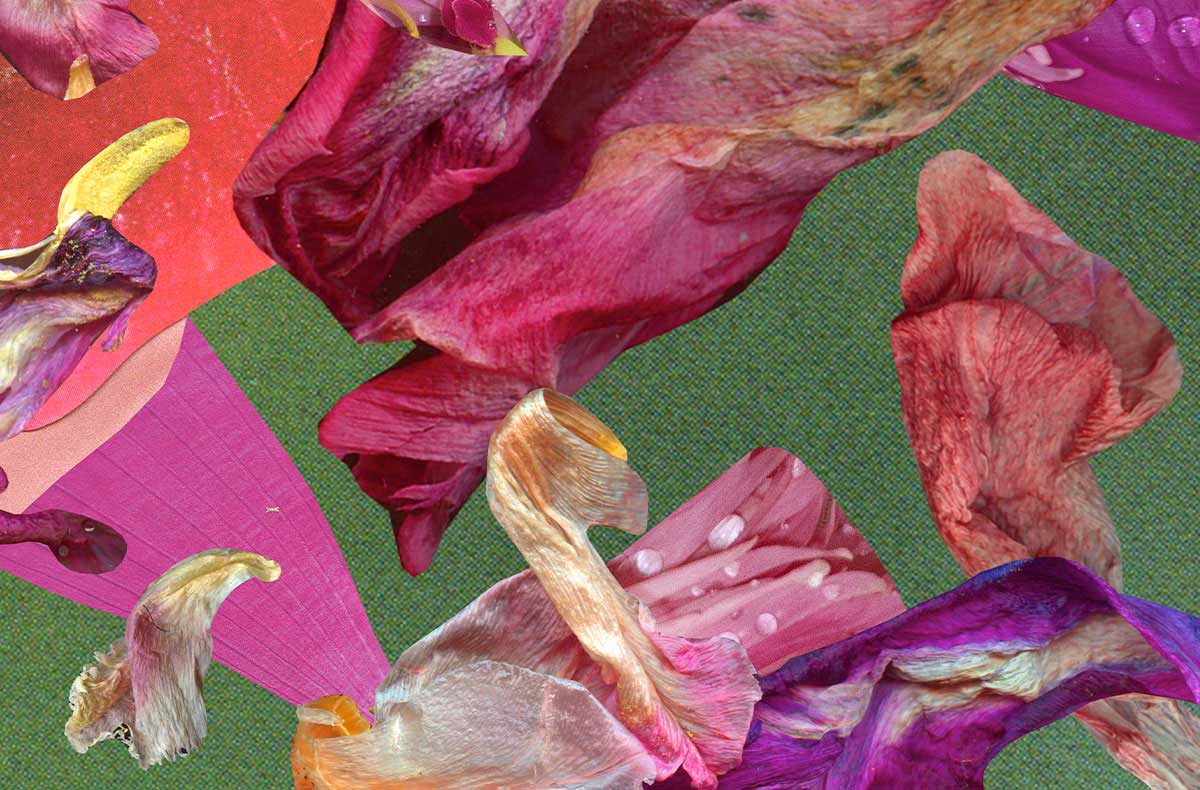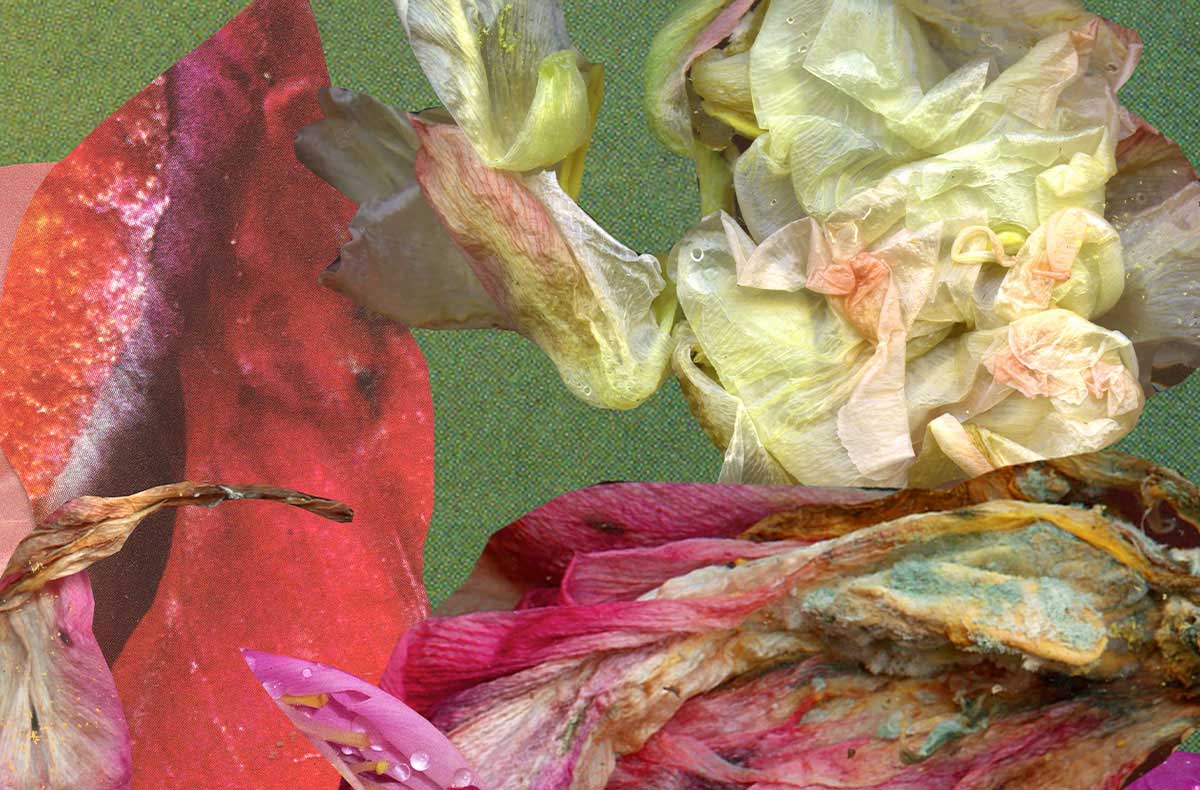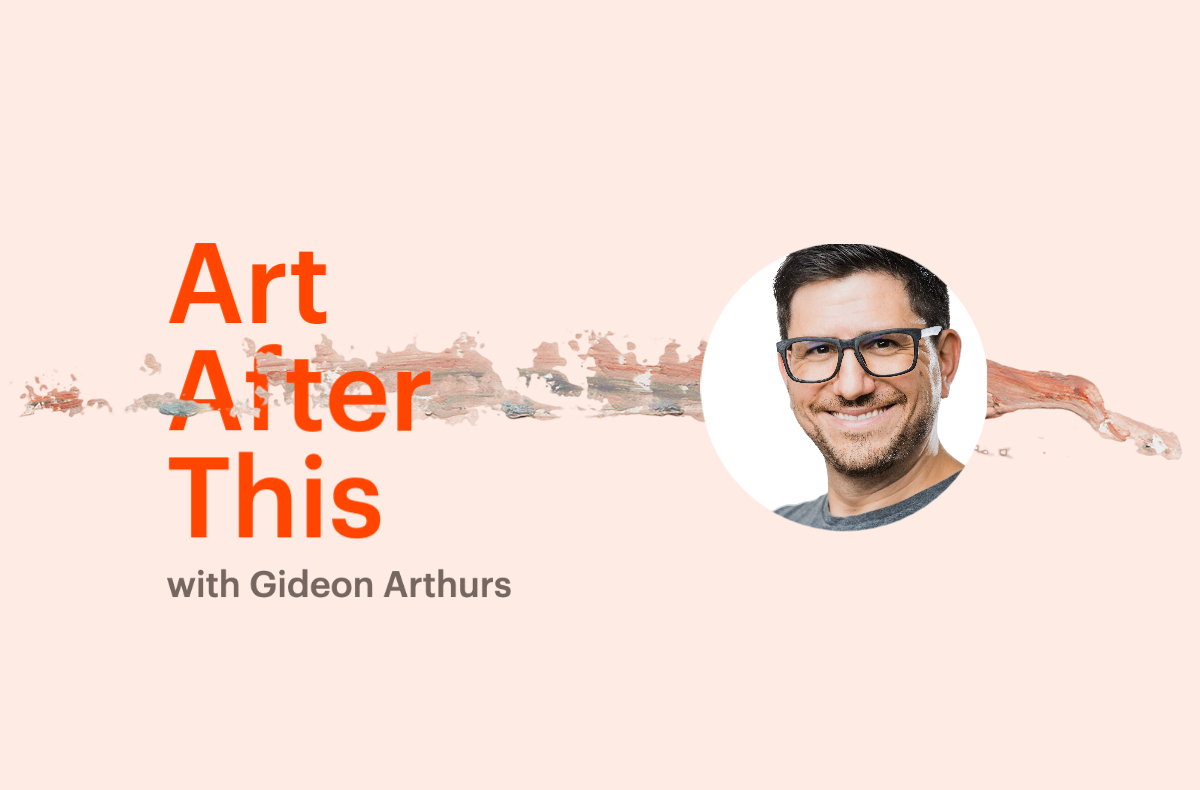By David Maggs, Metcalf Fellow on Arts and Society
I got a text the other day from a cellist friend in Holland, who had just read “The Art of Letting Go of Art.” “Hey man,” the message read, “thanks for the Darwinist critique of my livelihood.” Darwinist? Had my thinking come across as gleeful condemnation of struggling arts organizations? Culture red in tooth and claw? Clearly, I was not communicating the spirit of my work here at Metcalf in the ways I had intended. While some readers have written to say the critique is neither deep nor sharp enough, and others expressed fear it goes too far, at the very least I had hoped my intentions were clear.
In trying to unearth deeply held assumptions, question status quo approaches, and identify persistent shortcomings, I do not wish to sow negativity in order to hasten decline, but the opposite, to understand some troubling patterns in the hopes that we might address them. But all that my friend heard me saying is “you’re history, get out of the way.”
And fair enough, I do worry that history is what we will be if we don’t make the work of nonprofit arts sectors mean more tomorrow than it does today. We need to increase our appetite for risk, strategize which risks we need to take, and structure our approach to taking them, so that we come out collectively ahead on the other side. But if we can’t combine critical self-inquiry with a healthy sense of possibility, hope, and optimism, we won’t make it. However interested I and many others are in setting some of our sacred cows out to pasture, this work needs to begin with appreciation for having those cows in the first place.
So with profound gratitude for the arts of cultural nonprofits, and a deep desire for them to thrive in our immediate and distant futures, I turn to the questions keeping me up at night. These are the ones I’ve been discussing with my porridge bowl in the morning, posing to my shoelaces on my way out the door, and muttering to the peas in the frozen produce aisle. As we all know, that way madness lies, and so I share them here in the hopes of stimulating broader conversation, provoking debate, and seeding some collective insight.
1. Are Things Going to Be OK?
My first question is, are things going to be ok? In other words, are we just in for some bumps and bruises coming out of the pandemic, but ultimately our basic business model remains viable? Or are many of our cultural nonprofits in for a much deeper disruption?
Here, I admit, I am of the growing ranks of those who worry that fundamental questions of viability are increasingly at play. Huge changes in audience demographics — in both cultural and generational terms — along with ongoing disruptions of consumption platforms harken a very different world for many organizations built to serve steady diets of Western art practices to live audiences between 8 pm and 10 pm.
Consider this question in terms of George Satell’s discussion of Clayton Christensen’s The Innovator’s Dilemma in the Harvard Business Review:
In his study of why good firms fail, [Christensen] found that what is normally considered best practice — listening to customers, investing in continuous improvement, and focusing on the bottom line — can be lethal in some situations. In a nutshell, what he discovered is that when the basis of competition changes, because of technological shifts or other changes in the marketplace, companies can find themselves getting better and better at things people want less and less. When that happens, innovating your products won’t help — you have to innovate your business model.1
Here, my recent chat with Patti Pon feels relevant to wondering if we are in the midst of such a lethal moment ourselves. Instead of using the pandemic for deep self-reflection on viability, we waited anxiously to jump back into old business models only to discover that, in many cases, audiences weren’t jumping back in there with us. And as Pon pointed out, the data told us this was going to happen — we just ignored it. We exited the pandemic in good shape thanks to relief funding and within a year the red ink was back on many of our books. Have we reached a point where too much has changed for us to continue tinkering with the content inside our prosceniums? Must we now move more of our experimentation from our products to our business models?
2. Is More Money the Answer?
Question two, is more money the answer? Anyone trying to run a cultural nonprofit in Canada knows the feeling of chronic underfunding, along with the certainty that if governments just put more money into the sector, we would be ok. Yet the past decade has seen significant increases to cultural funding. The Canada Council’s budget doubled, Calgary Arts Development’s more than tripled, B.C. Arts Council grew by 50%, and Quebec’s Conseil des arts et des lettres jumped more than 60%.2 Yet rather than increasing stability, such investment seems to have had the unfortunate effect of scaling many of the problems our sector was facing before that money came along. If we were a hundred leaky boats in 2015, instead of a hundred boats in better shape today, the broad effect appears to be that we are now a lot more boats with all the same leaks. Rather than fixing chronic underfunding, did the extra cash expand overall precarity?
While this oversimplifies a complex issue — particularly the needed expansion of funding to historically underserved communities — surely we agree that we have not arrived where we anticipated such increased funding would take us. Getting a lot more money without getting a lot more stable suggests we have things to fix beyond addressing chronic underfunding, and that simply injecting cash into the sector may not be in our best interests until we do.
3. Do We Still Want Our Funders Out of the Way?
This yields a dilemma of a third question — do we still want our funders out of the way? We all know the desire for unrestricted support: funders, get your resources to clients and let them decide how to use the money. Given the need for strategic interventions into sector resilience, is simply supporting and expanding status quo structures and capacities still right? Does the path to greater change and viability lie in enabling organizations in their present forms to do more of what they currently know how to do? For example, as Owais Lightwala notes, “faced with declining demand, one of the main responses we are seeing from organizations is to seek increased funding in order to boost supply. This cannot work.”3
While artists and organizations are often not in a position to work at a systems level, several years of pandemic policymaking appears to have grown an appetite for doing so amongst many funders, policymakers, and arts service organizations. So rather than creating a tension between demands for unrestricted funding on one side, or paternalistic “funder knows best” approaches on the other, can we better integrate the wisdom distributed across these elements of our sector? That is, can we foster coordinated collaborations between policy, funding, and practice in order to learn our way towards the resourcing and activity we need?
4. Is All That Advocacy Helping?
Which brings up a particularly sacred cow for question four. Is all that advocacy helping? When it comes to survival strategy, our primary instinct is to get the right people in front of governments to tell them how important the arts are to Canadians. The spirit of this approach often leads to grand claims about the power and place of art in society, without worrying much about how true such claims may be, or how they might distract us from things that really need our attention. We saw this in various essays claiming how important the cultural sector was to getting Canada through the pandemic. Such an argument might seem like a harmless defense of a beleaguered part of society, but it is not without consequence. For as we heaped resources onto our grand exit from the pandemic, we clearly expected Canadians to respond as if this had been true. How different would our post-pandemic funding strategy have been had we written essays like “Disney+, Netflix, and Amazon Prime are getting Canada through the pandemic: What does that mean for the future of cultural nonprofits in this country?”
For better and for worse, cultural nonprofits operate within microclimates of love and adoration; our leadership, staff, boards, and volunteers — even our funders — are superfans. We love these arts so much that this can leave us vulnerable to starkly different realities beyond these bubbles. Within our current crisis of innovation, can we better balance the task of telling Canadians how important we are with more sobering and grounded inquiry into ensuring it’s true?
5. How Do We Equip the Future To Find the Art That It Needs?
If the first question posed above wonders about the severity of our circumstance, and the three following raise strategy debates, my last question explores a larger reorientation. How do we equip the future to find the art that it needs?
So much of our connection to the arts is structured as a relationship between present and past. The works we love cultivate a rich dialogue with the past, and even the most contemporary creations come in forms that are deeply historical. Yet the present is now so different than the worlds from which these traditions come, that the arts — particularly Western classical arts — seem increasingly out of place. Mahler is too long, you have to leave your house to see the ballet, and if you swipe either right or left on any of the paintings you get thrown out of the gallery.
Once upon a time the whole world was on our side. Our schools, our radio stations, our newspapers — the entire culture was out there creating an audience for us. All we had to do was build the work and greet them at the door. The difference between the public and a patron was minimal, like convincing a baseball fan to see the Jays. Now, the difference between the public and our patrons has grown wide, and the work of turning one into the other needs to be done company by company, even production by production. We may be coming to the moment where the question “how do we ensure the present still finds meaning in the arts of the past?” may not be a fruitful orientation. Even if this remains a central value, there may be better ways to accomplish it.
Growing up in Newfoundland winters, where our snowbanks rose higher than the stop signs, we dug a lot of snow tunnels. Deep into the digging, maybe three-quarters of the way through, things got harder. The shaft narrowed, the digging space grew confined, and the work of hauling out the loose snow became exhausting. At such a moment, you could no longer keep digging from where you had started. Instead of continuing to try and dig your way out, you had to back out of the tunnel, go around to the other end, and start digging your way in instead. Rather than trying to extend the increasingly inefficient relationship between where you are and where you began, there came a critical moment where it helped to drop this orientation altogether.
This juncture shows up in a crucial distinction from the field of future studies — the difference between predictive forecasting and strategic foresight. Amidst the energy market turmoil of the 1970s, Royal Dutch Shell realized it needed a new way to plan. Predictive forecasting — trying to figure out what is going to happen — was unhelpful given the uncertainty in global energy markets. As a result, strategic foresight was born. The objective of foresight is not to predict the future, but to prepare strategies that are robust across a range of plausible futures. As futurist Joe Tankersley explains, “Strategic foresight cultivates a constructive vision, develops strategies for getting there, and moves iteratively and generatively in that direction.” Iteratively, meaning a repeating loop of inquiry drives the process — lots of structured forms of checking in; and generatively, meaning that we are being produced by the journey as we take it — lots of responsive adjustments.
Predictive forecasting wants us to emerge from the tunnel in the same shape as we went in. Strategic foresight prepares us to evolve within a variety of possible futures in responsive fashion. This is how a giant multinational energy company learned to cope with uncertainty, abandoning predictive forecasting’s ideal of a fixed destination for strategic foresight’s virtue of the generative journey.
Backing out of the tunnel to dig our way in from the other side was always a scary moment. We were, after all, railway engineers desperate to reach that last spike. Was this going to be as efficient as we’d hoped? Would we make it back to the line before the train came barreling through? As we began tunneling our way in, inevitably we hit ice, or a tree trunk, or a boulder, or a buried sled, and were forced to improvise. And that is when the important thing happened. That original game of railway engineers faded. We had, by then, become a strange species of underground snow worms instead, or a lost civilization of subterranean agriculturalists producing life-saving species of ice-wheat, or truant grade schoolers, hardened by too long “inside,” tunneling our way towards freedom. By then, the worry of the last spike had left us. We had new concerns, new meanings, new needs and aspirations, as the ominous sounds of an approaching train receded into the distance. Rather than suffering the limitation of what we were unable to do, backing out of the tunnel opened new possibilities for what we are able to become instead.





